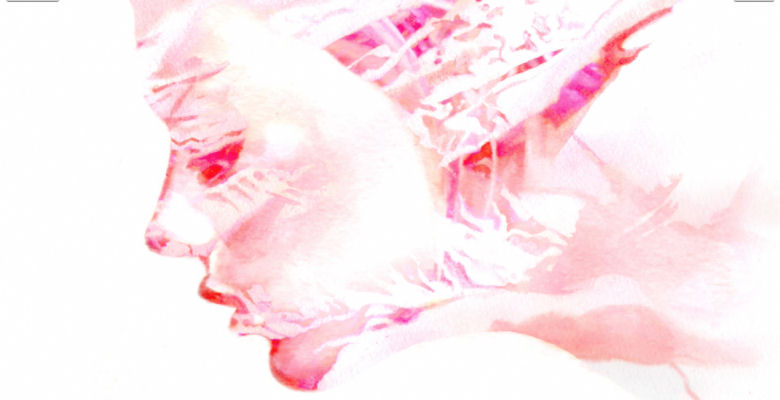Fashion illustrator’s film promotes greater diversity
PhD research into 'the fashionable body'

Lack of diversity in the fashion industry is never far from the news, and the dominant fashionable body of the 21st century is still identified as tall, thin, young, white and able-bodied. A
by LJMU fashion illustrator, Carol Ryder in collaboration with fashion film-maker Zoë Hitchen aims to alter this perception and promote greater diversity in fashion.As part of her PhD research into 'the fashionable body' and its relationship with fashion illustration, Carol produced a fashion illustration of a disabled dancer in 129 separate stages that were systematically scanned into a computer and saved as sequenced frames. The illustration was inspired by the singer Viktoria Modesta, who fought to have her painful and useless left leg removed so she could fulfil her dreams of success in the music business. She designs and wears futuristic prosthetics which challenge body image in pop music, and is determined that images of her should not provoke sympathy.
Ryder subjected the 129 separate frames to time-lapse animation to create a short fashion film (4 minutes, 6 seconds) that aims to provide a vehicle for challenging the notion that, in order for an image (still or moving) to be considered 'fashionable'.
Having created her own animation Ryder subsequently passed the original illustrations to Zoë Hitchen from Manchester Metropolitan University to create a second fashion film that moves beyond simple time-lapse animation.
In November Carol presented her paper at an international conference in Berkeley, California, using the animation to help convey the lack of diversity in fashion message.
Commenting on the project, Carol said:
"I felt that the increased dynamism produced by animated movement was especially helpful in the promotion of body-positivity in a disabled subject, and the use of technology implicit in the production of a film provides a greater sense of modernity – therefore ‘fashionability’ - than that provided by a static illustration. The gradual emergence of the subject in the film means that the viewer’s curiosity is piqued – it is not clear at the outset what the final image will be - their attention held for longer and directed towards the ‘payoff’ at the end. The addition of music offers another means to engage the viewer, exciting the senses in a way that a static illustration cannot."



